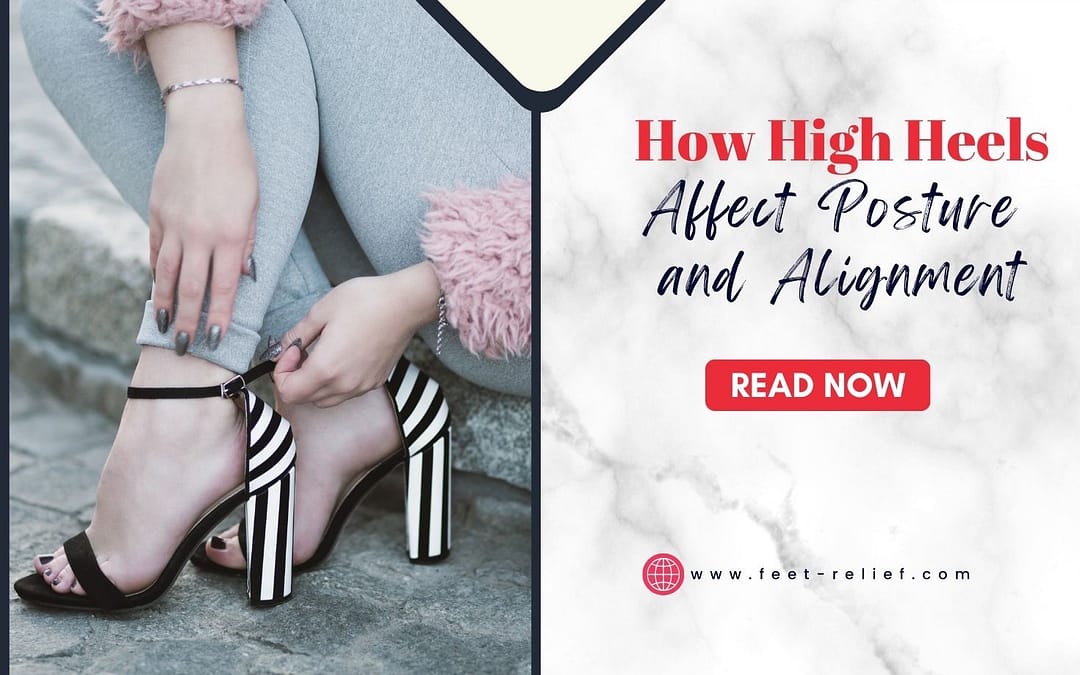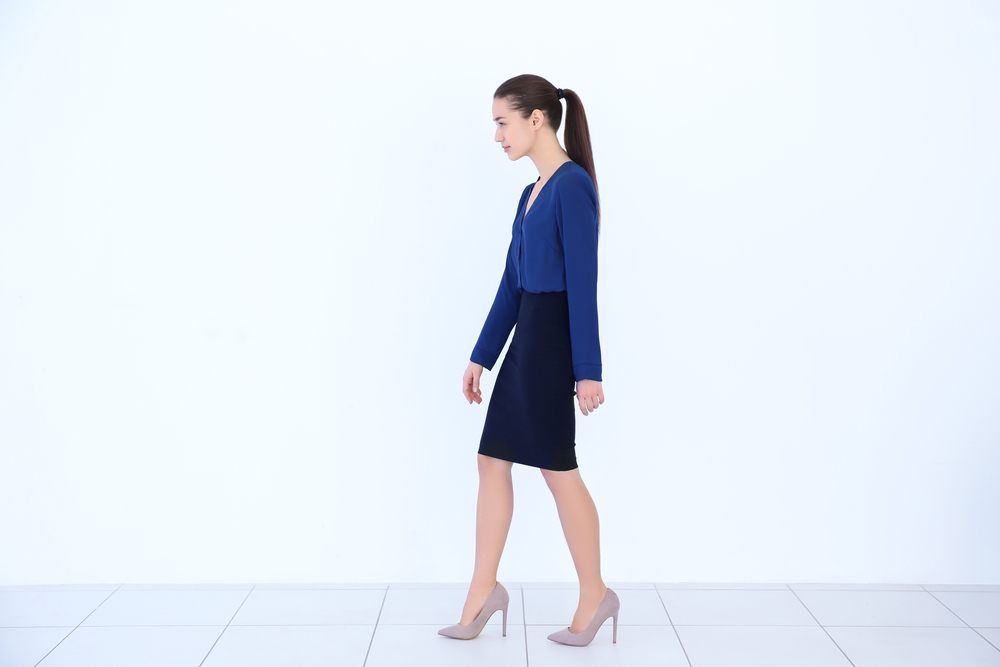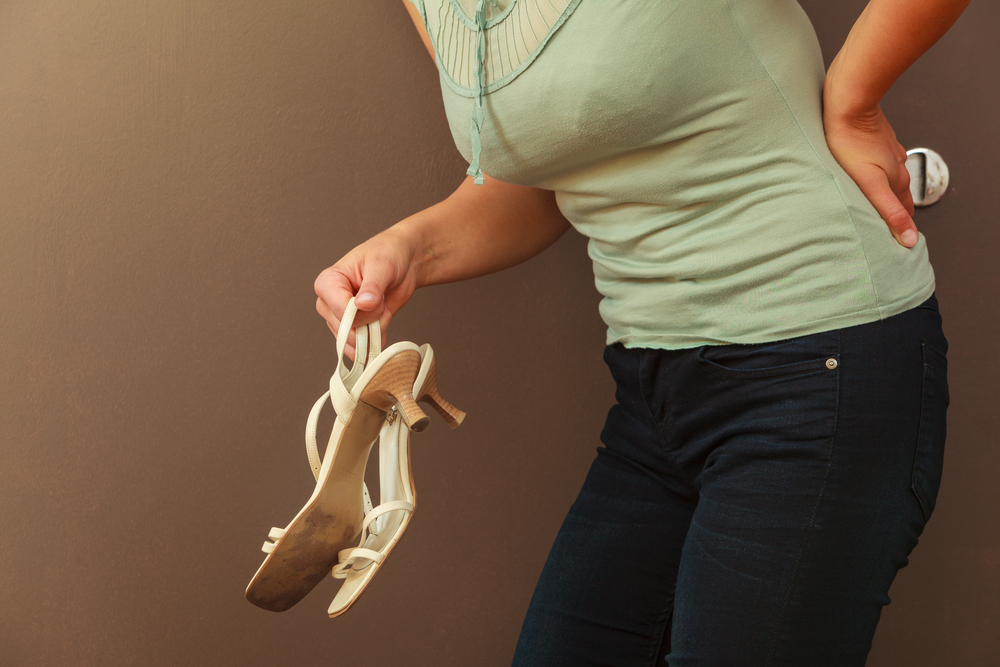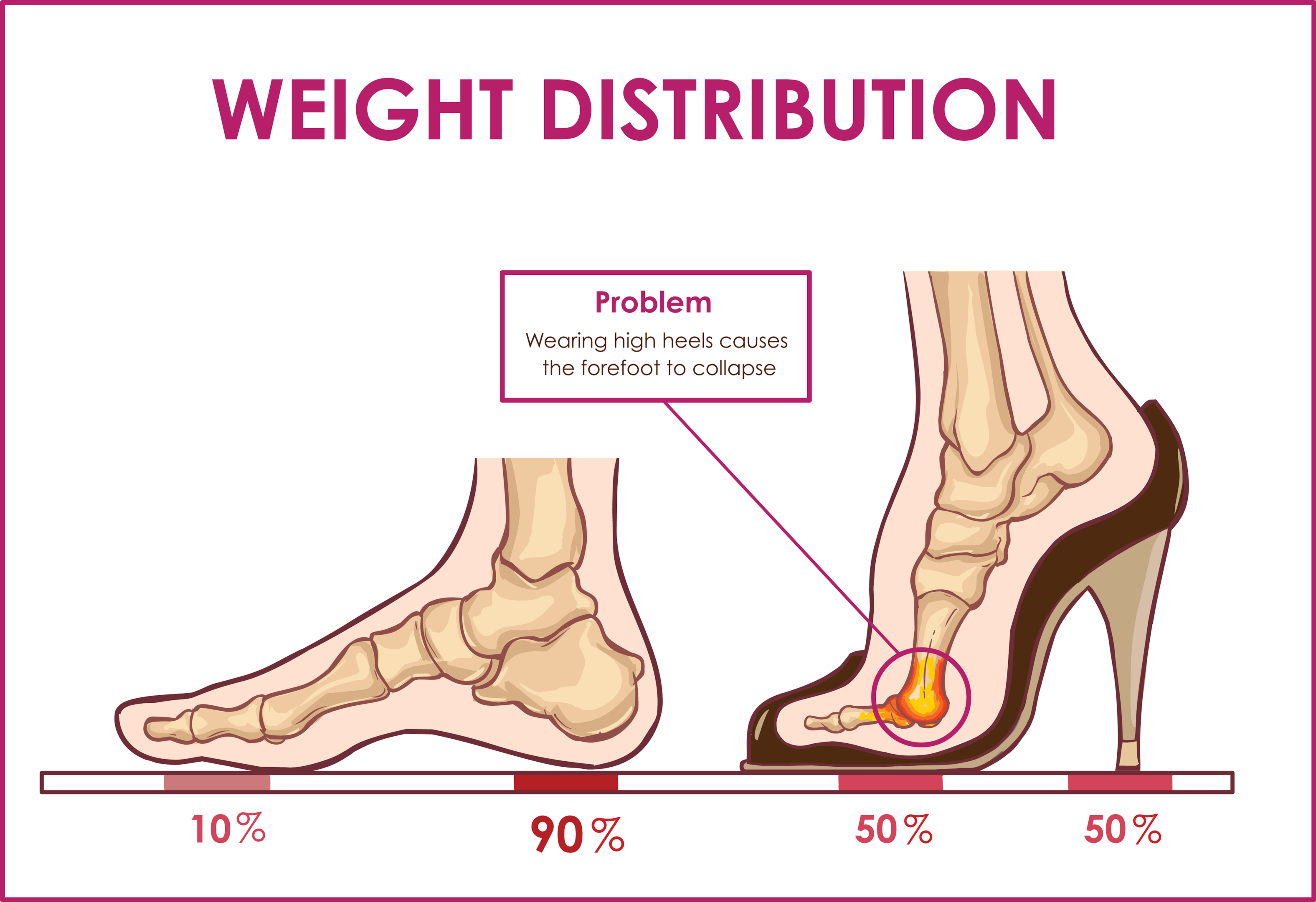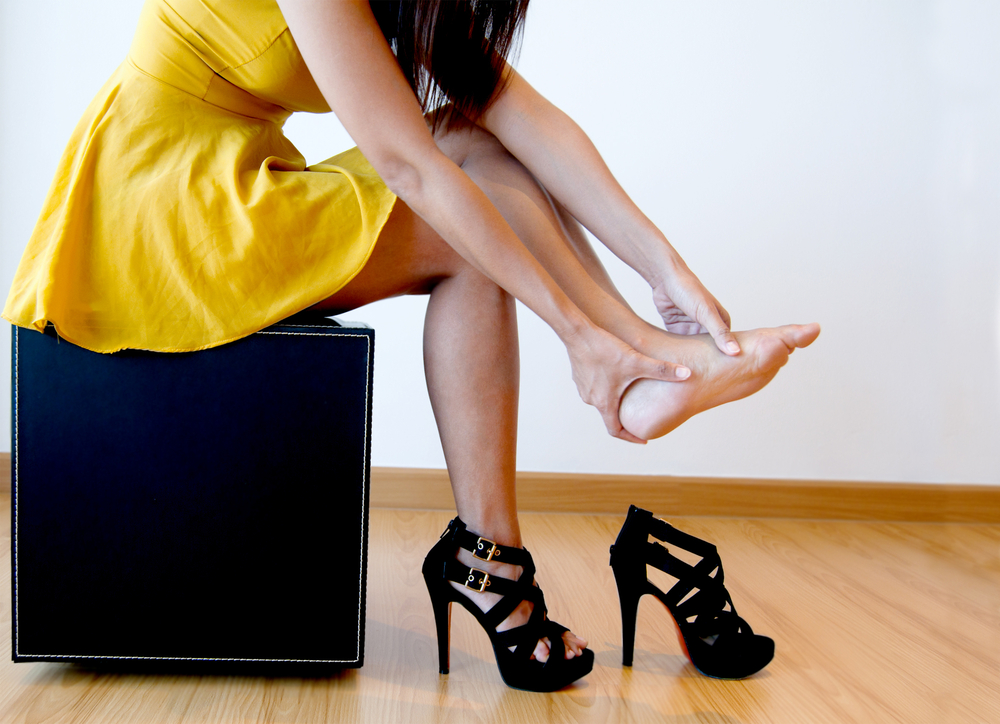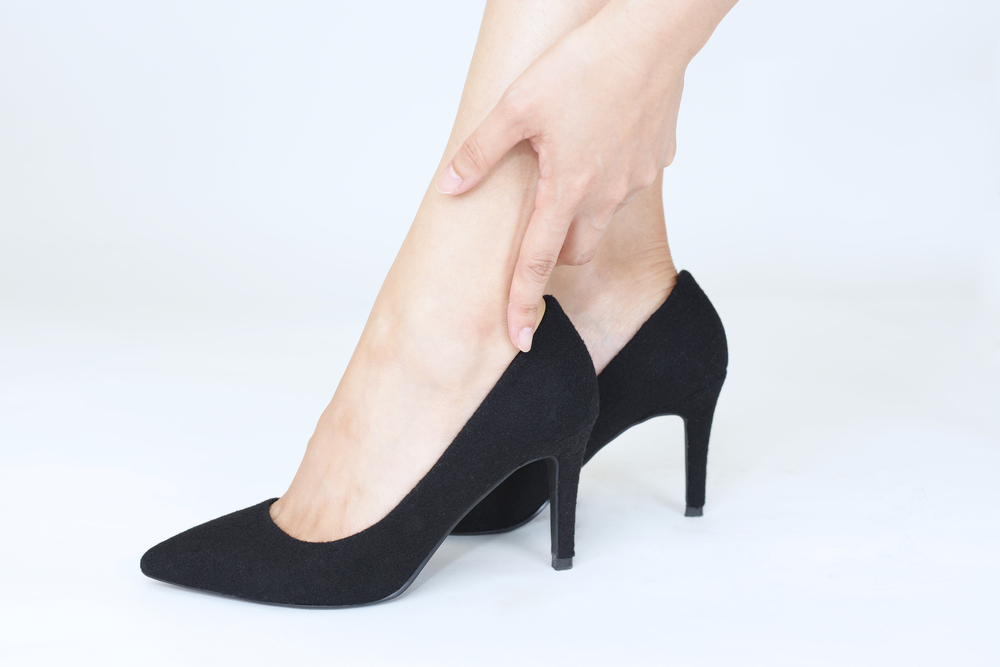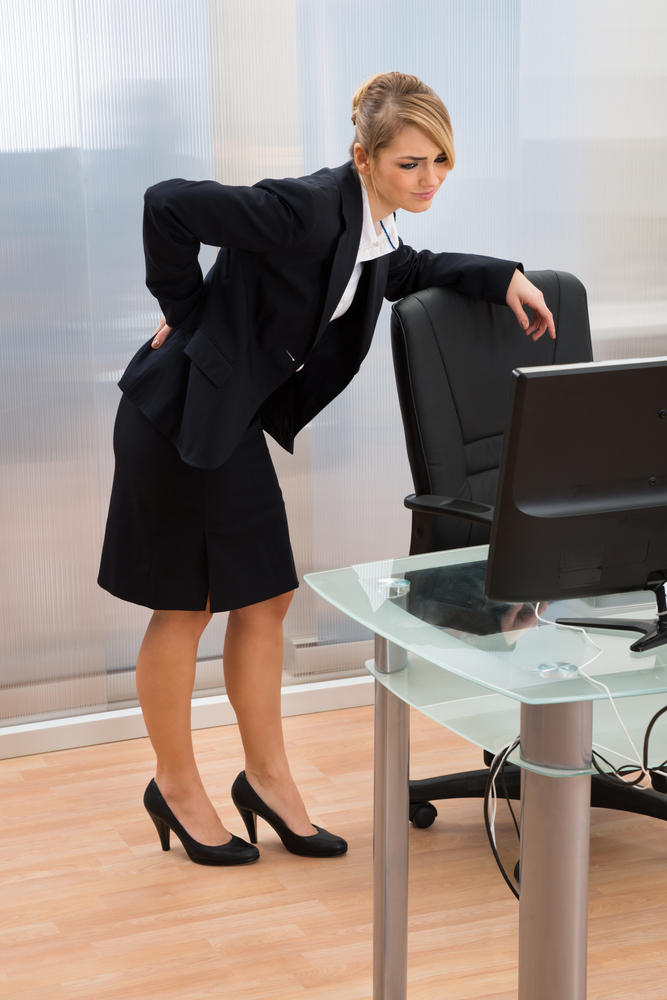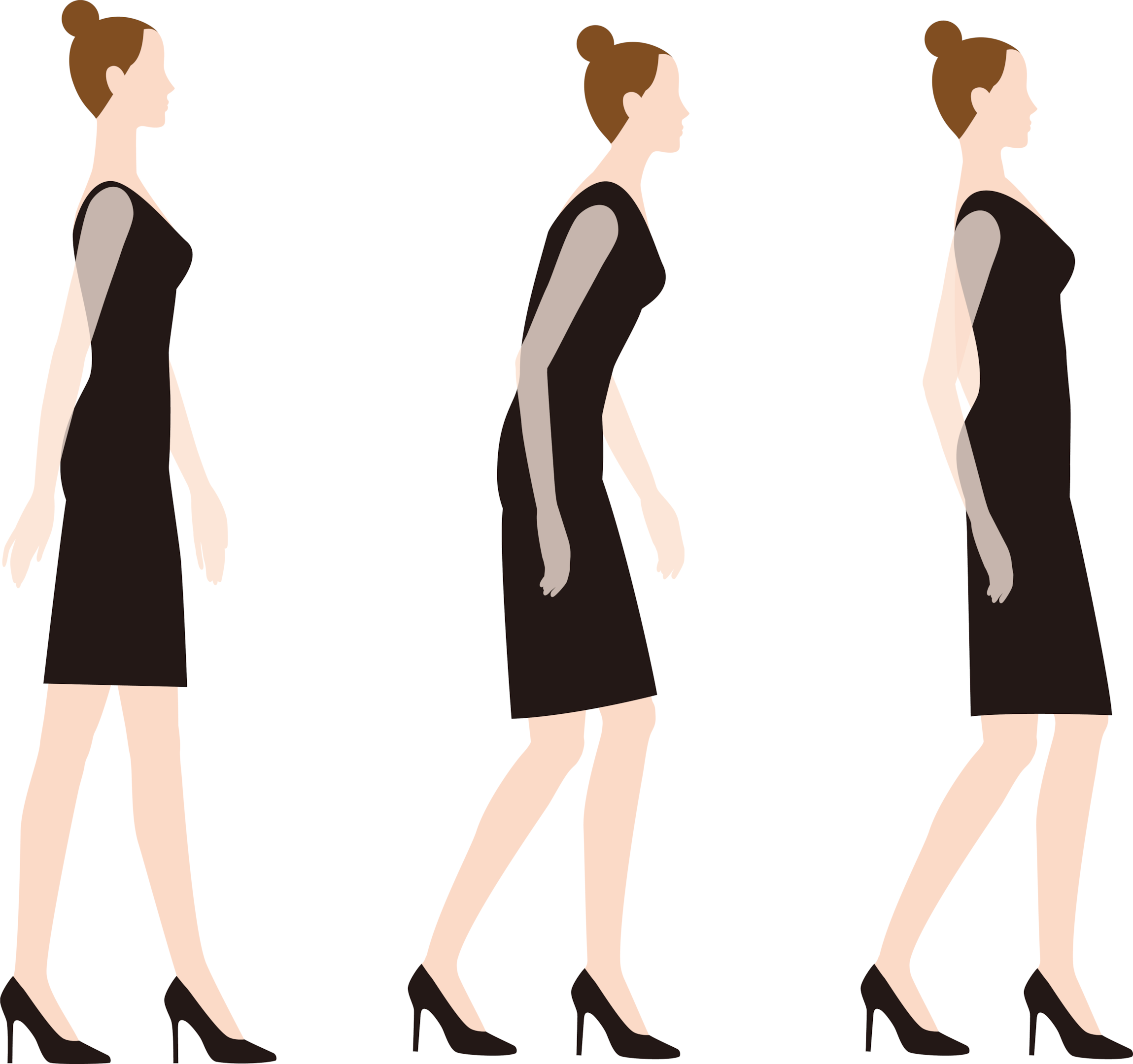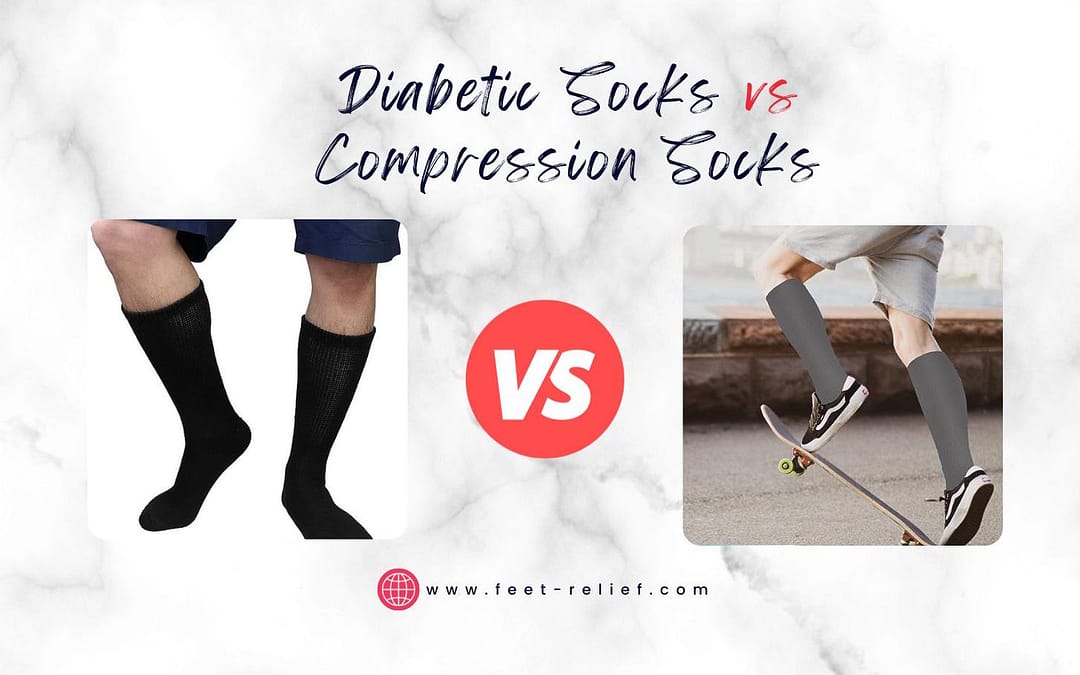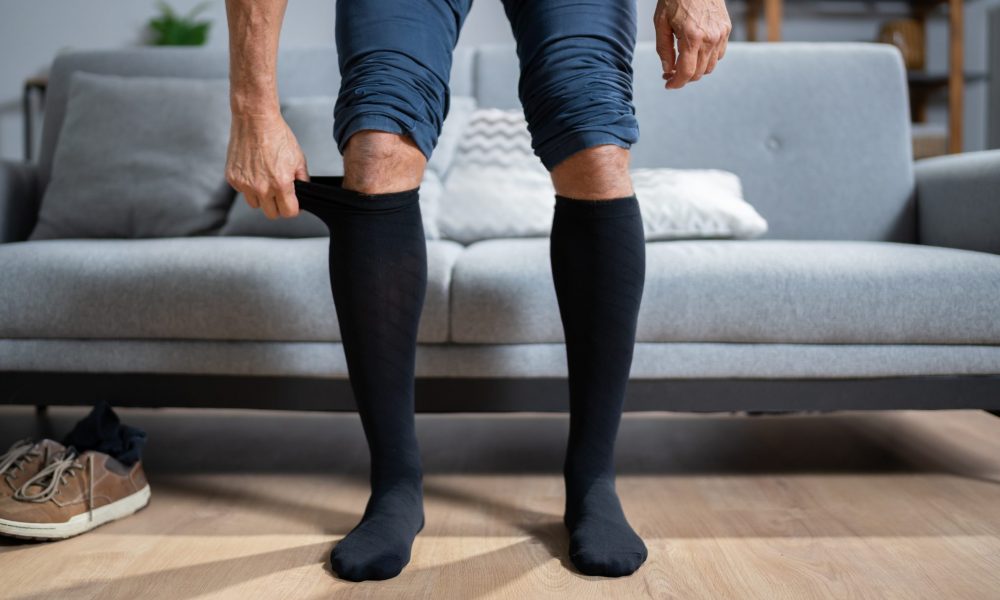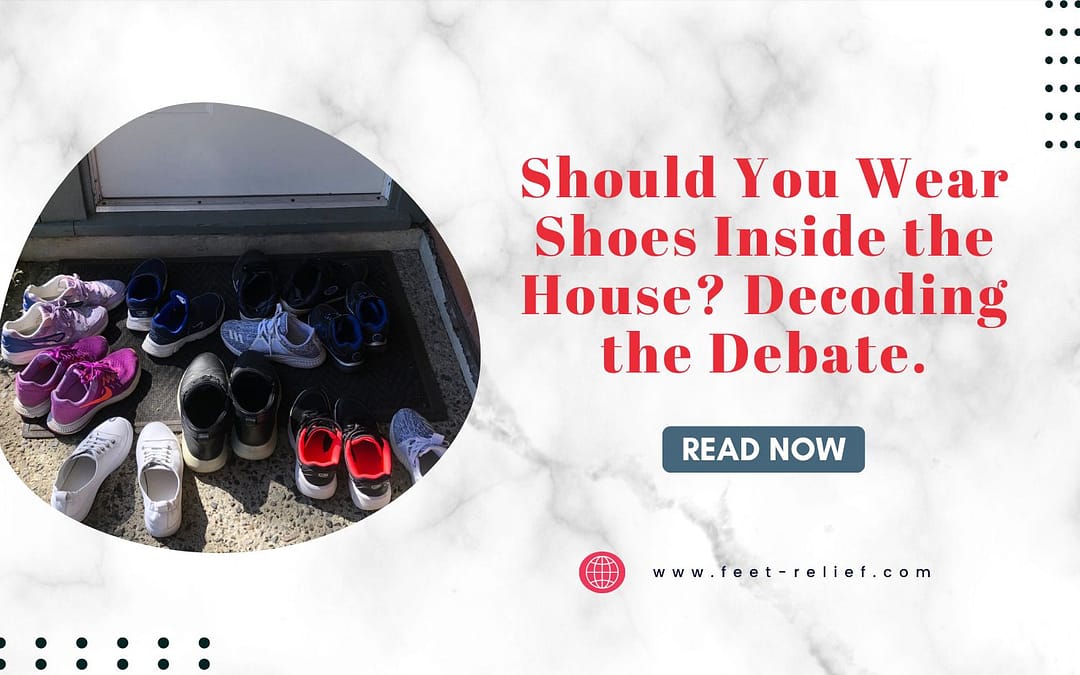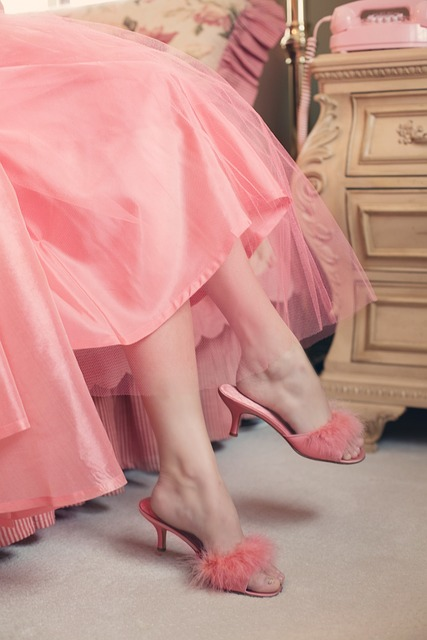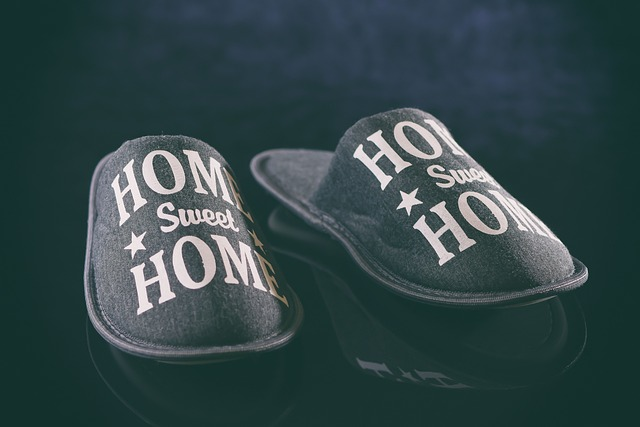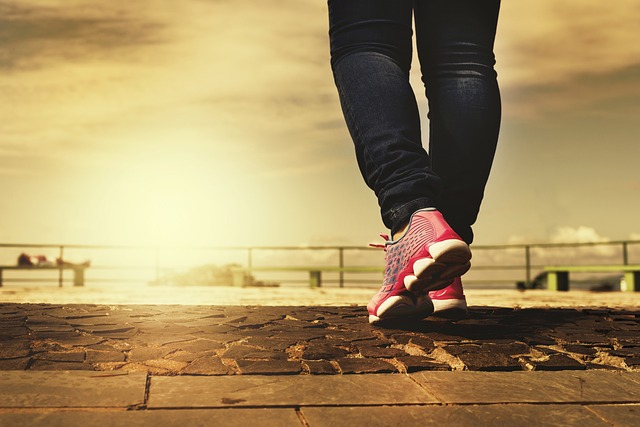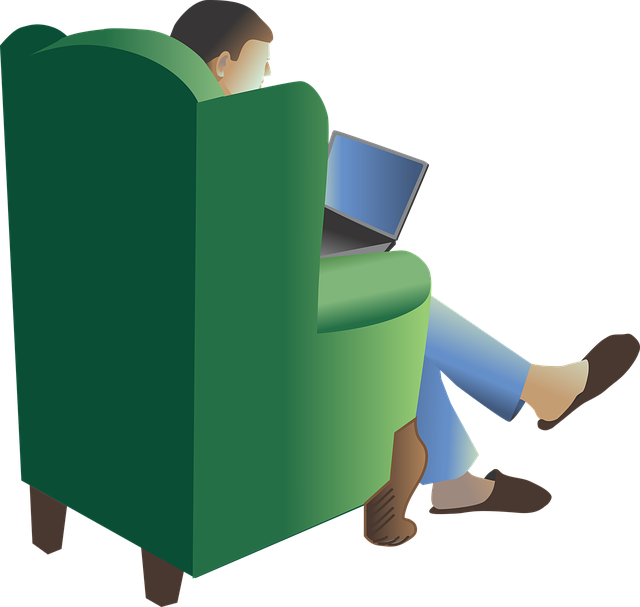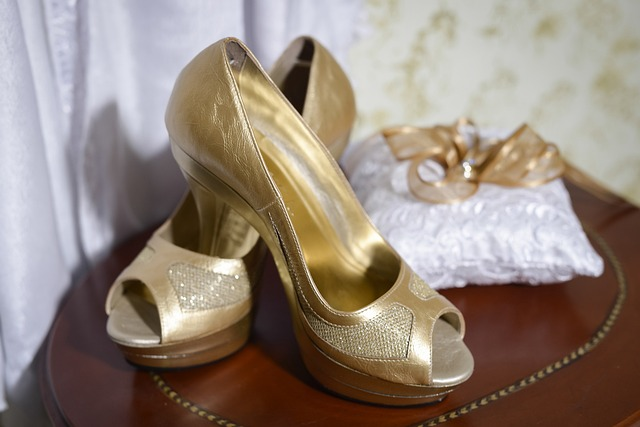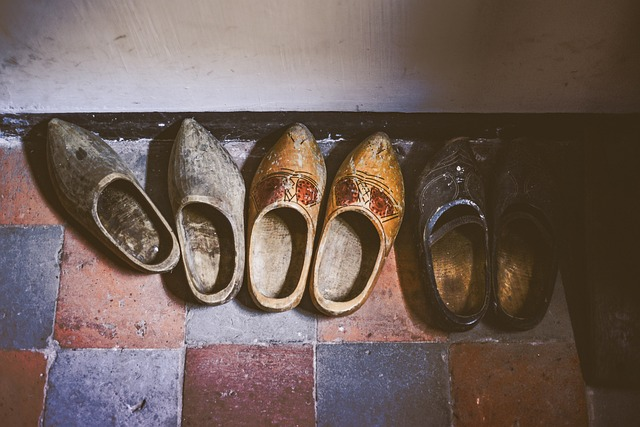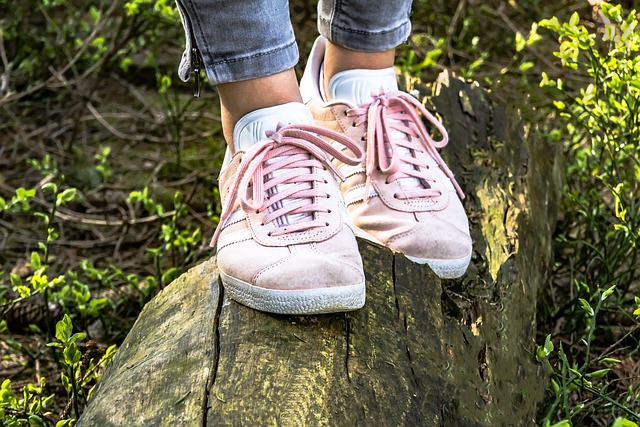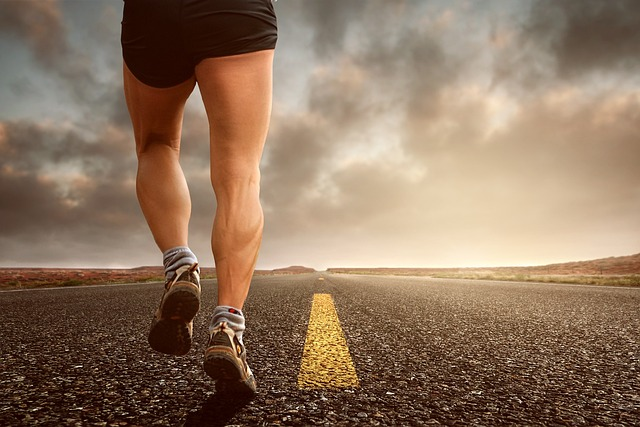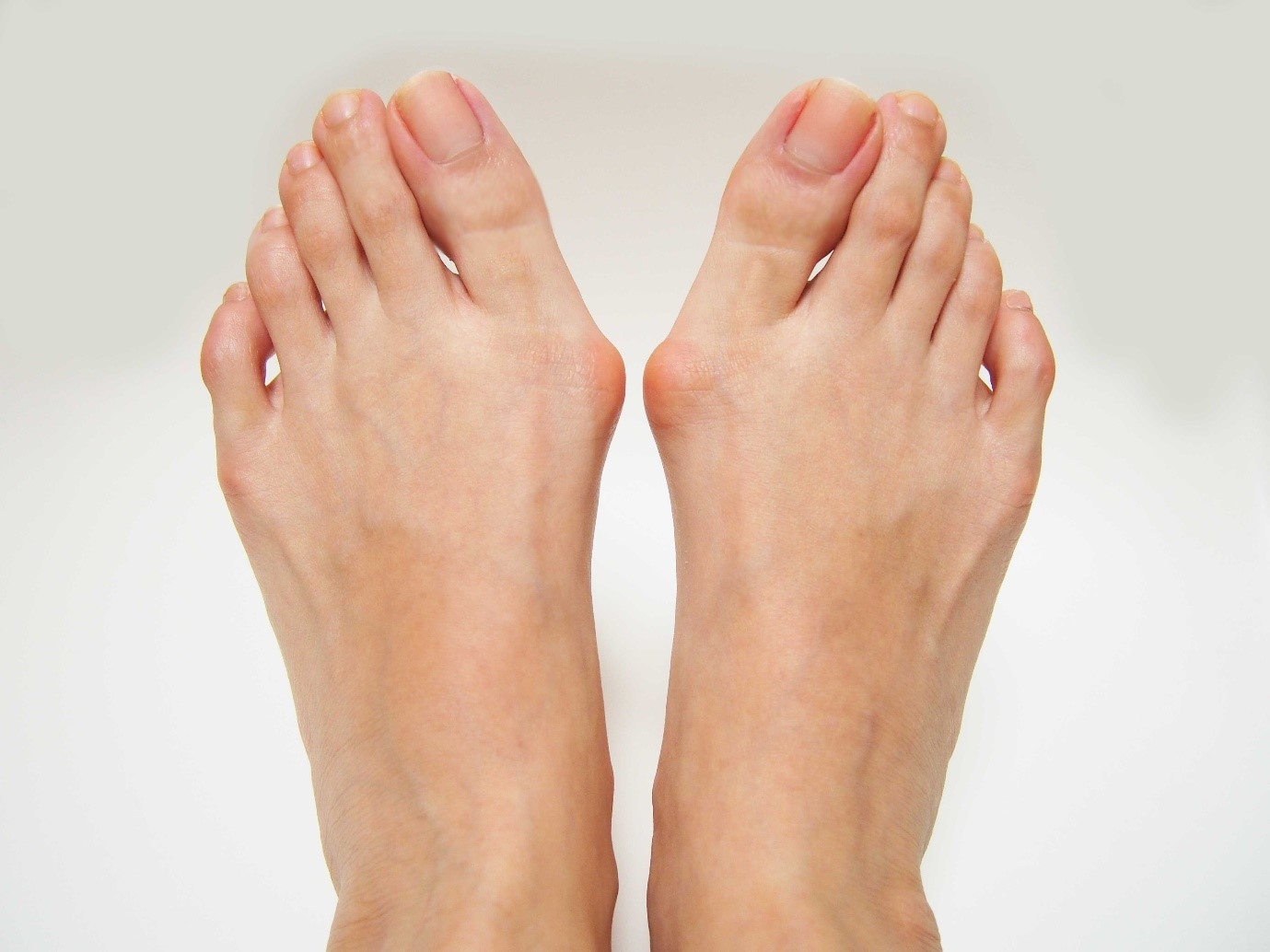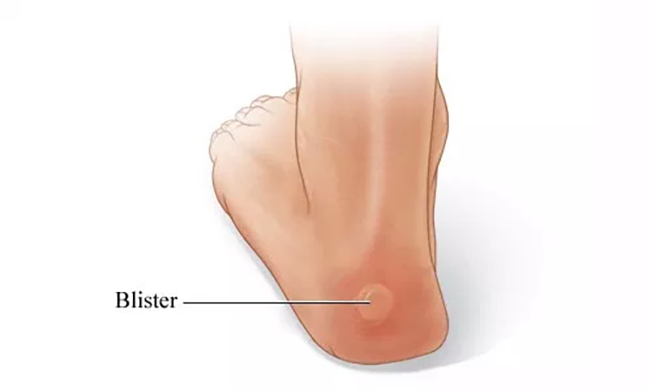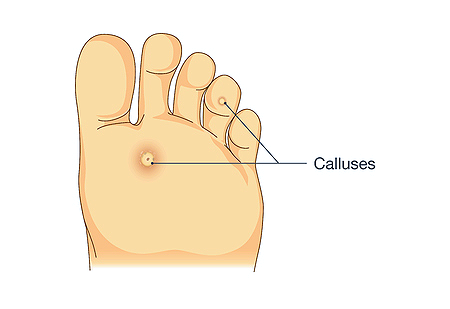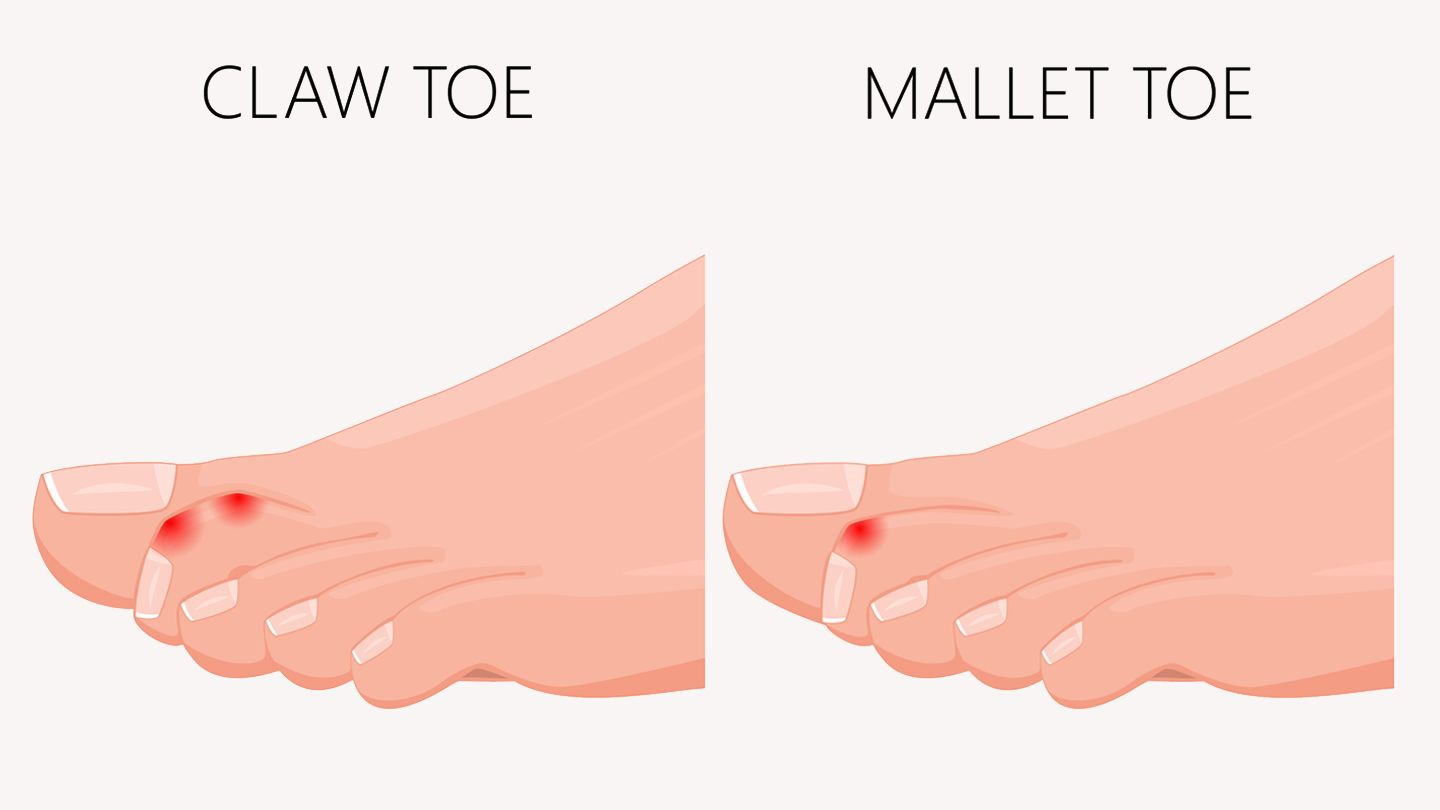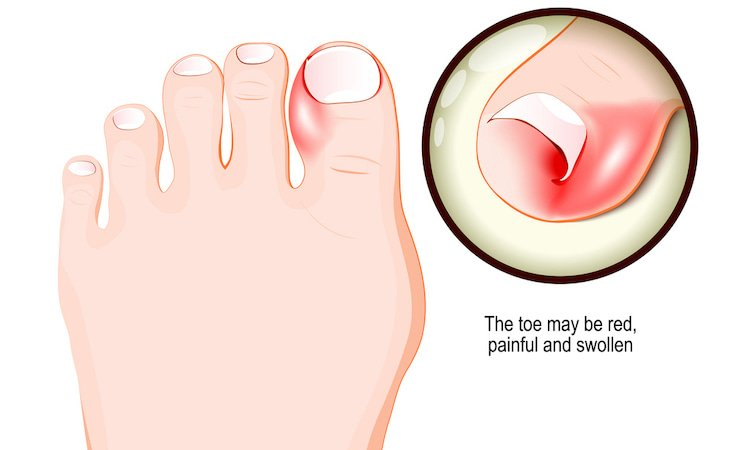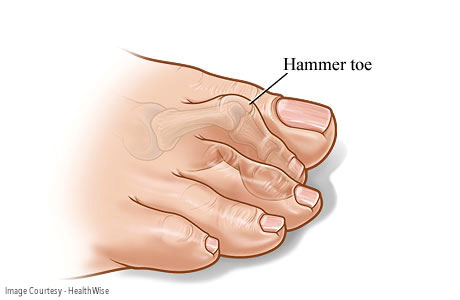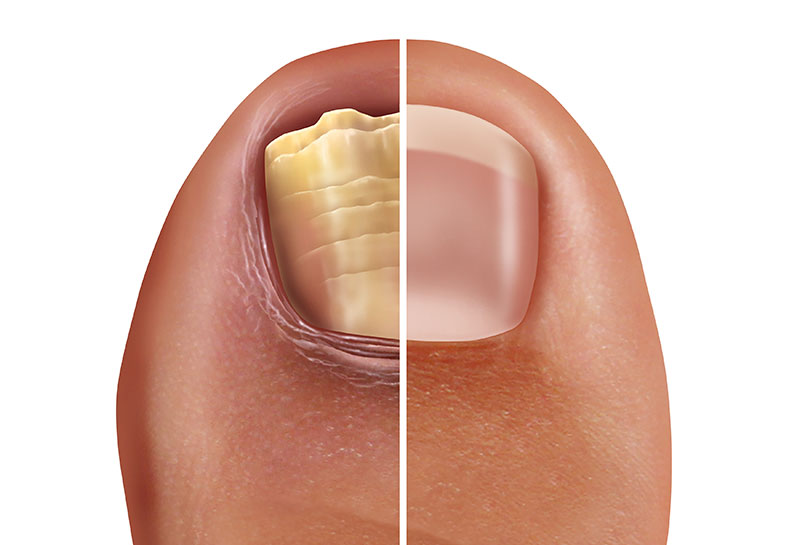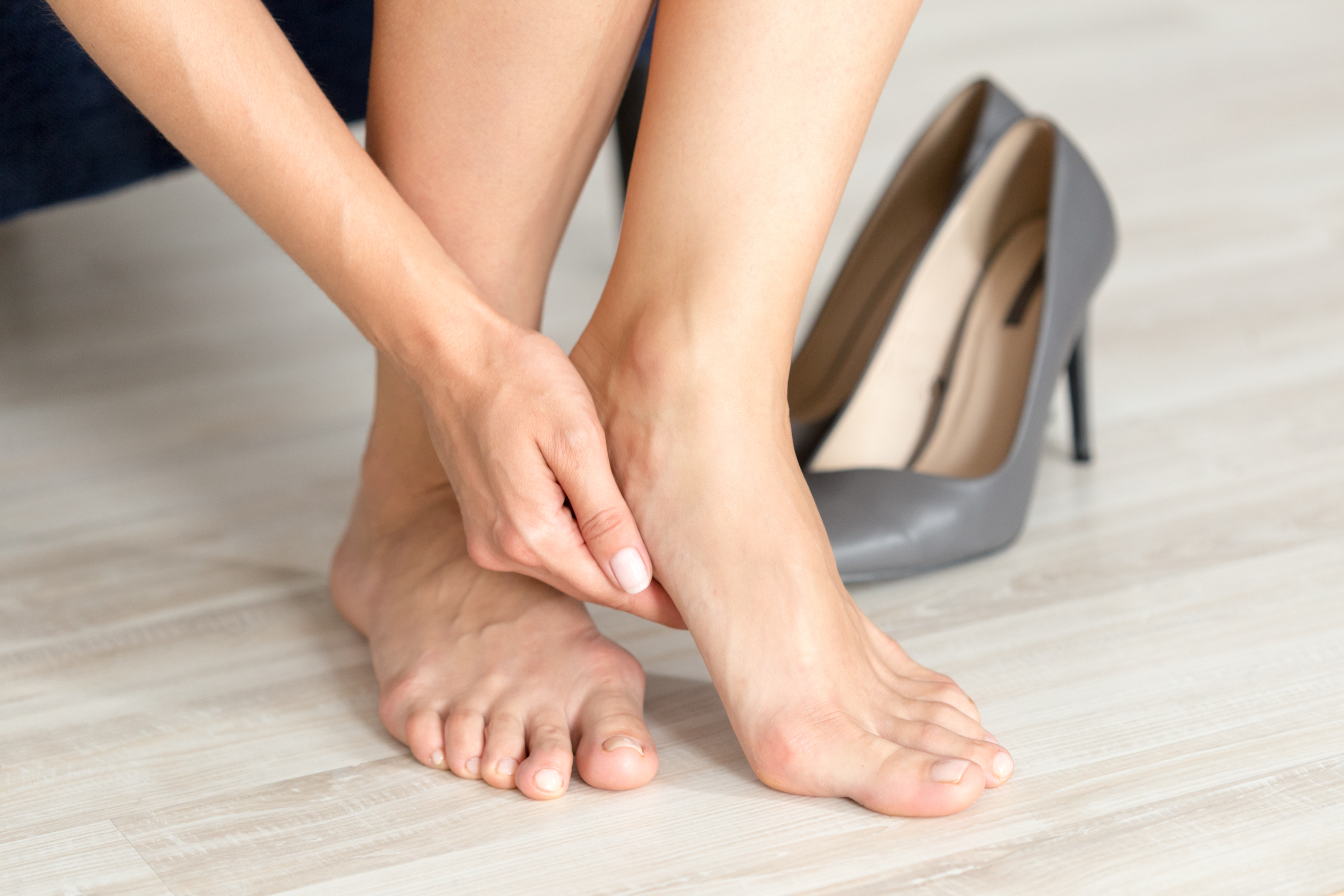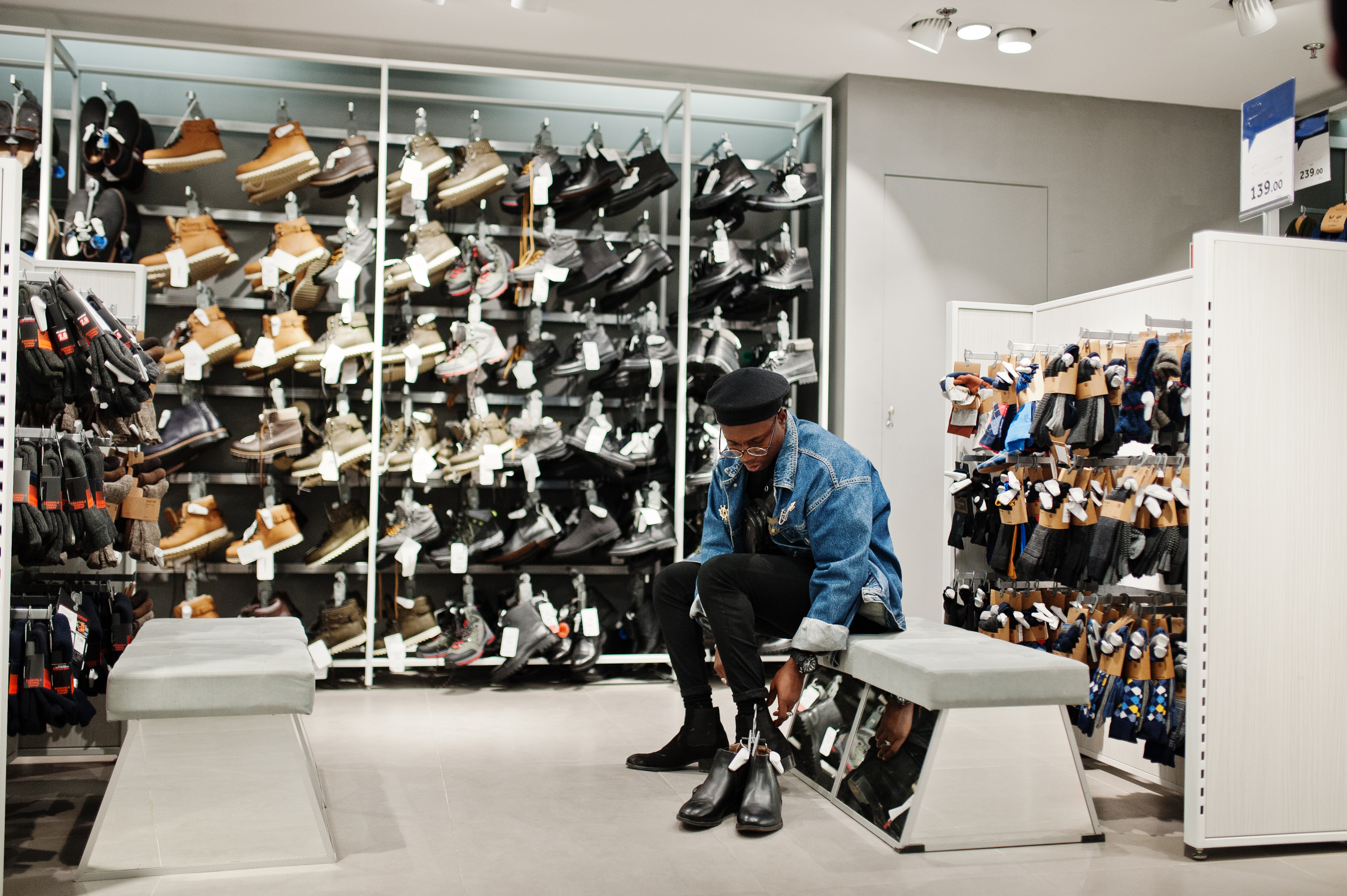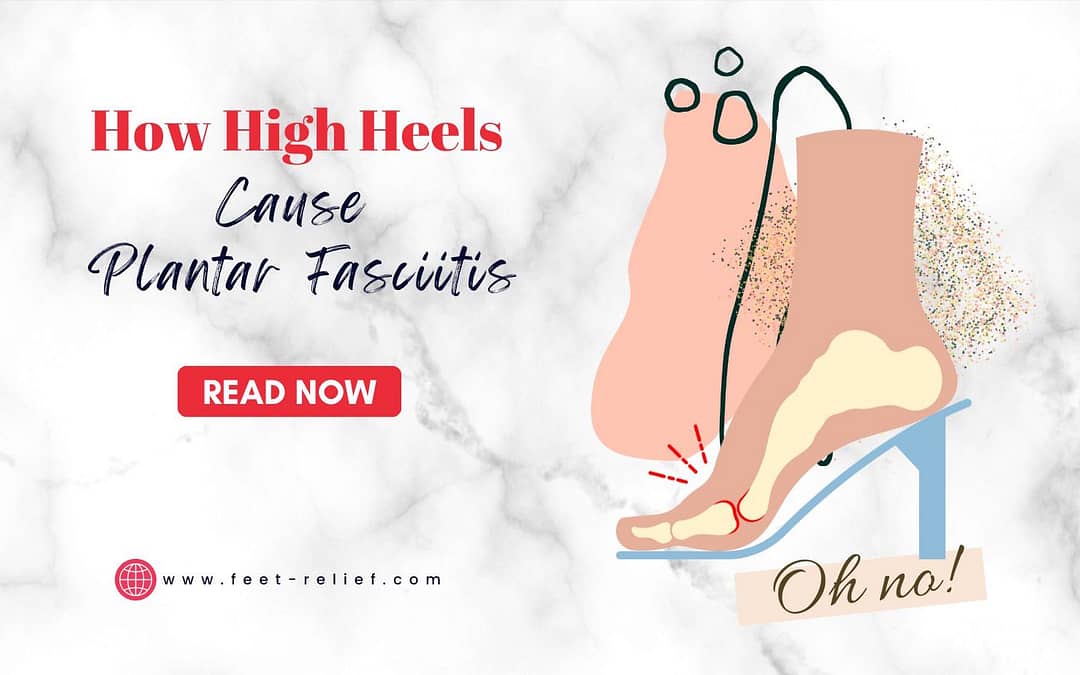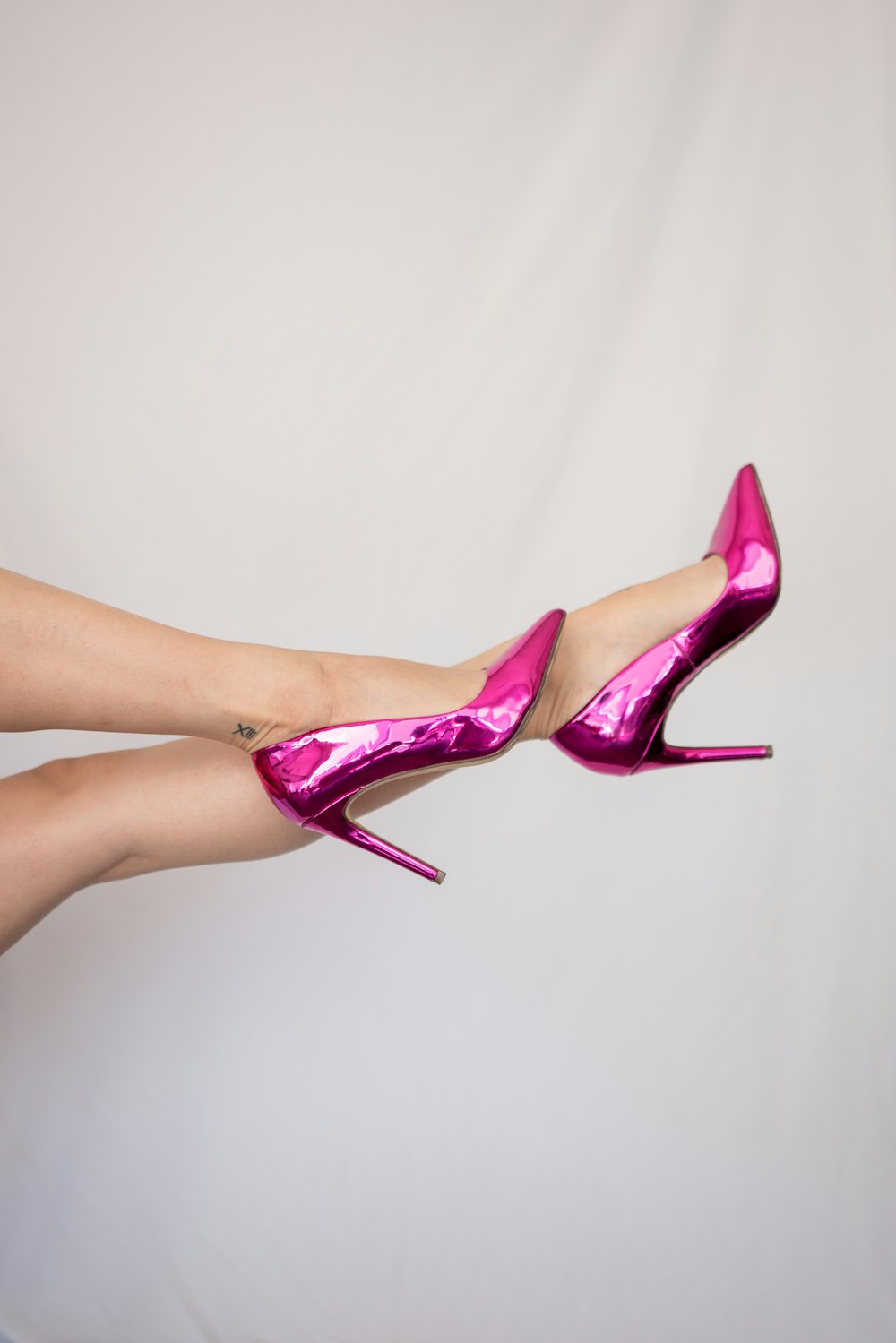
Plantar Fasciitis Treatment at Home: Effective Remedies and Tips
Are you tired of the sharp pain in your heels caused by plantar fasciitis? Look no further than Plantar fasciitis treatment at home! This comprehensive guide offers effective remedies and tips for managing the discomfort associated with this common foot condition. From simple stretching exercises to innovative self-care techniques, we’ll explore a range of strategies that can be conveniently implemented in the comfort of your own home. Discover how to take control of your plantar fasciitis symptoms and regain your mobility with these practical and empowering solutions.
Plantar Fasciitis Treatment at Home: Effective Remedies and Tips
Plantar fasciitis is a common cause of foot pain, affecting many individuals worldwide. It is characterized by inflammation and irritation of the plantar fascia, which is a thick band of tissue that runs along the bottom of the foot connecting the heel bone to the toes. This condition can be debilitating, negatively impacting daily activities and overall quality of life. However, numerous non-surgical home treatments can help alleviate pain and promote healing, allowing those affected to resume normal routines.
Understanding plantar fasciitis’s underlying causes and symptoms is essential for proper diagnosis and treatment. By recognizing the early warning signs and addressing the issue promptly, individuals can significantly reduce the duration and severity of their symptoms. Implementing various at-home remedies and making appropriate lifestyle changes can ease pain and help individuals regain mobility.
Key Takeaways
- Plantar fasciitis results in foot pain caused by the inflammation of the plantar fascia tissue.
- Early diagnosis and understanding of the condition are essential for effective treatment.
- Non-surgical home treatments can help alleviate pain and promote healing.

foot pain from plantar fasciitis
Understanding Plantar Fasciitis
Anatomy of the Foot
The foot is a complex structure comprised of many bones, muscles, and connective tissues. One important part of the foot is the plantar fascia, a thick band of deep tissue that runs from the heel bone to the toes. This fascia plays a crucial role in supporting the arch of the foot and acting as a shock absorber during activities like walking and running.
Causes of Plantar Fasciitis
Plantar fasciitis is a common cause of foot pain and occurs when the plantar fascia becomes inflamed or torn, typically due to overuse. Several factors contribute to the development of this condition:
- Running and other high-impact activities: Repetitive stress on the foot from sports or exercise can cause damage to the plantar fascia.
- Age: The plantar fascia loses some elasticity as we age, making it more prone to injuries.
- Overweight and obesity: Carrying excess body weight puts additional pressure on the plantar fascia.
- Poor arch support: Insufficient support for the foot’s arch can increase strain on the plantar fascia.
Symptoms of Plantar Fasciitis
The most common symptom of plantar fasciitis is heel pain, which is usually described as a stabbing pain at the base of the heel. This pain is often worse in the morning or after long periods of inactivity, as the plantar fascia tightens during rest. Other symptoms of plantar fasciitis may include:
- Discomfort or pain in the arch of the foot
- Swelling or inflammation of the heel area
- Increased pain during or after physical activities
In summary, plantar fasciitis is a prevalent condition affecting the plantar fascia in the foot, often due to age, activities, and being overweight. The main symptom is heel pain, which can be accompanied by discomfort in other areas of the foot. Understanding the causes and symptoms of this condition is essential for seeking appropriate treatment and preventing further damage.
Non-Surgical Home Treatments
Self-Care Measures
Taking care of your feet is crucial when dealing with plantar fasciitis. Rest is one of the most important aspects of recovery, which means reducing or avoiding activities that strain your feet. Additionally, apply ice packs on the affected heel for about 15 minutes three times a day. This helps reduce inflammation and provides pain relief source. It’s essential to wear supportive shoes that provide adequate arch support and cushioning to prevent further strain on the plantar fascia. Over-the-counter nonsteroidal anti-inflammatory drugs (NSAIDs) such as ibuprofen or naproxen can also help manage pain and inflammation.
Exercises and Stretches
Incorporating exercises and stretches into your daily routine can help strengthen the calf muscles, Achilles tendon, and plantar fascia, ultimately alleviating pain source. Examples of stretching exercises include:
- Calf muscle stretches: Place your hands on a wall and step one foot backward, keeping both feet flat on the ground. Bend the front knee while keeping the back leg straight, and hold for 15-30 seconds. Repeat on the other side.
- Toe stretches: Sit with your affected foot resting on the opposite knee. With your fingers, gently pull your toes back towards you until you feel a stretch along the bottom of your foot. Hold for 15-30 seconds.
Low-impact exercises such as swimming and cycling can also help maintain your fitness level without causing further irritation to the plantar fascia.
Support Measures
While self-care and exercises are essential, additional support measures are sometimes needed for complete relief. Shoe inserts, also known as orthotics, help distribute pressure evenly across the foot, reducing stress on the plantar fascia source. Arch supports and heel cups can be particularly helpful.
A night splint can provide additional support by maintaining a mild stretch in the plantar fascia and calf muscles while you sleep. This helps reduce morning pain and stiffness source.
When to Get Professional Help
While many cases of plantar fasciitis can be treated at home with rest, ice, and over-the-counter medications, there are times when professional help is necessary. If your pain does not improve within a few weeks or worsens, it is important to consult a doctor to discuss further treatment options.
Prescription Medications and Injections
A doctor may prescribe stronger anti-inflammatory medications to help reduce pain and inflammation associated with plantar fasciitis. In some cases, corticosteroid injections may be administered into the affected area to provide more immediate relief. Remember that frequent corticosteroid injections may weaken the plantar fascia. Therefore, discussing the benefits and risks with your doctor is important.
Physical Therapy
A doctor may recommend physical therapy when conservative treatments are ineffective. Physical therapists guide exercises and stretches designed to strengthen the muscles surrounding the plantar fascia, providing support and reducing inflammation. They may also recommend shoe inserts or walking boot to support the foot during the healing process.
Surgical Treatments
Surgery is typically considered as a last resort for the treatment of plantar fasciitis. If your pain persists after trying other treatments and significantly impacts your quality of life, your doctor may discuss the possibility of surgical intervention. Surgical procedures for plantar fasciitis may involve releasing the plantar fascia, removing a bone spur, or performing a nerve decompression.
Alternative Therapies
Another professional treatment option for plantar fasciitis is extracorporeal shock wave therapy. In this noninvasive procedure, high-energy shock waves are directed at the affected area to promote healing and reduce pain. While this treatment may benefit some individuals, discussing its effectiveness and potential risks with your doctor is important.
In conclusion, although many cases of plantar fasciitis can be effectively managed at home, there are situations where professional assistance is necessary. Work closely with your healthcare provider to determine the most suitable treatment options for your situation. This helps you work toward a swift recovery.
Frequently Asked Questions
What are effective home remedies for relieving plantar fasciitis pain?
Ice application, over-the-counter pain medications, and rest are common home remedies for alleviating plantar fasciitis pain. Maintaining a healthy weight and wearing supportive shoes also helps reduce stress on the plantar fascia. Some people use essential oils and other home remedies to find relief.
How can I stretch my foot to alleviate plantar fasciitis symptoms?
Stretches that target the plantar fascia and Achilles tendon can help alleviate symptoms. A simple stretch involves sitting with one leg crossed over the other, then holding the toes of the affected foot and gently pulling them towards the shin. Another stretch is leaning against a wall with one foot forward and the other stretched behind, pressing the heel of the back foot down to the floor.
Which medical devices can be used at home for plantar fasciitis treatment?
Medical devices such as night splints and orthotic shoe inserts can be used at home to help correct biomechanical imbalances and provide support to the foot. In some cases, a walking boot, cane, or crutches may be recommended for a brief period to reduce foot movement or weight-bearing.
What should I avoid doing to promote plantar fasciitis healing?
To promote healing, avoid activities that cause excessive strain on the plantar fascia, such as running, jumping, or standing for long periods. It is essential to listen to your body and rest when needed. Also, avoid wearing worn-out or unsupportive footwear, which may exacerbate symptoms.
Does massaging the foot help in reducing plantar fasciitis pain?
Massaging the foot can help to relieve tension in the plantar fascia and promote healing. A simple at-home massage technique involves rolling a frozen water bottle or tennis ball under the foot while applying gentle pressure. This can increase blood flow to the area and assist in reducing pain.
How can I identify if my plantar fasciitis is improving?
Improvement in plantar fasciitis is typically marked by reduced pain, increased mobility, and the ability to engage in daily activities without discomfort. Monitoring symptoms and keeping track of daily pain levels can help identify improvements over time. However, consulting with a healthcare professional for proper evaluation and guidance on managing the condition is essential.
Ready to take action?
Plantar Fasciitis Treatment at Home: Effective Remedies and Tips provides a comprehensive guide to managing the discomfort associated with plantar fasciitis. By implementing the remedies and tips outlined in this article, you can take control of your symptoms and regain your mobility. Remember, consistency is key in-home treatments, so incorporate these strategies into your daily routine. Don’t let plantar fasciitis hold you back any longer—try these effective remedies and tips today and take the first step towards a pain-free life!




